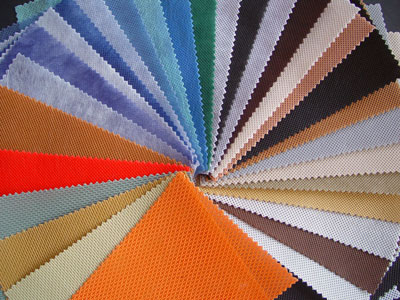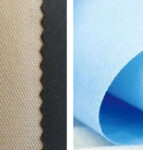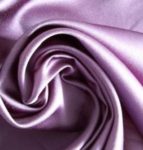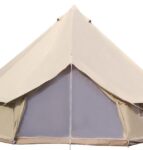Introduction
Fabric is an artificial material made from ancient times and still has numerous uses to date. The main distinguisher in fabrics is whether it is non woven or woven- also referred to as textile. The way fabric is made or manufactured can determine how it is used.
Textile (Woven) Fabric
Woven is the more traditional of the two fabrics, made by inter weaving threads together perpendicularly. The warp threads are the ones that run vertically and the weft threads run horizontally in the fabric. In simpler terms the combination of warp threads form the base while the weft forms the traverse thread. When making woven fabric you alternate going over the warp thread with the weft and the strength of the fabric entirely relies of the type of thread or yarn used.
The fact that textile can be manufactured from a variety of fibers makes textile quite versatile. Majority of home textile, living textiles and clothes are made from thread. Typical woven fabrics like cotton, chiffon, tweed, canvas, corduroy do not stretch unless elastic, lycra or spandex fibers are initially woven into the fabric. The process of adding elasticity is how we end up with stretchable jeans and button down shirts.

Non woven Fabric
Non woven fabrics do not have an interwoven pattern of strands. This kind of fabric is made by heating, chemical processes or some sort of mechanical treatment. There is no manual construction or weaving involved. Non woven fabrics are used for various uses including but not limited to bacterial barrier, liquid repellent, and thermal insulation, among others. These fabrics can be made stronger by adding support materials and intensifying the method of production.
Non woven fabric is in most cases the most affordable choice because it is cheaper to produce and fast to manufacture. Textiles are usually stronger and more durable than non woven fabrics. The strength and durability is as a result of reinforcing thread across thread creating a strong barrier.
However, there are incidents where a non woven fabric could be stronger than textile. The durability depends on how the fabric is made for example; surgical gowns and disposable plastic bags vary in terms of strength and obviously the gowns must be durable. The four most popular types of non woven products are; airland, spunlace, wetlaid and drylaid.
The Differences
•Textiles are usually made by knitting or by weaving
•Non woven fabrics lack a pattern and therefore aren’t fabrics at all
•Textiles involves weft and warps interlaced in a particular pattern like inn basket weaving while non woven fabrics are made by bonding and felting
•Textiles are generally stronger than non woven fabrics
•Non woven fabrics are used for interlining and usually made from synthetic materials.
Conclusion
Textiles and non woven fabrics are different from the form of manufacture, uses, characteristics and durability. Non woven fabrics lack the cohesion and coordination in the textile fabrics but at times are made by converting fibers using adhesive. Nonetheless, both textiles and non woven fabrics can be Eco-friendly and biodegradable.



